June 26, 2017
CoreNet Global to explore ‘Transcending Boundaries’ at EMEA Summit 0
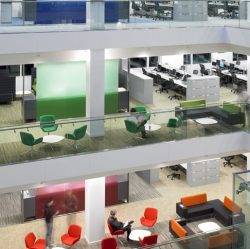 The CoreNet Global EMEA Summit will return to London in September 2017 for the fifth time, bringing together leading figures from the corporate real estate (CRE) profession to discuss how CRE can add value and be a true strategic advisor in today’s dynamic, rapidly changing environment. Under the theme Blurring the Lines: Transcending Boundaries, the summit will explore a range of shifts that demand transformational thinking and integrated solutions. In a world of continual and disruptive change, the summit will assist in identifying how CRE professionals can transcend traditional boundaries to uncover new opportunities. The three-day event will provide a wide variety of engaging and educational sessions, including keynote presentations from some of the profession’s most innovative thinkers, interactive seminars where attendees will be able to test new technologies and learn from one another’s experiences, networking sessions and dedicated teaching workshops.
The CoreNet Global EMEA Summit will return to London in September 2017 for the fifth time, bringing together leading figures from the corporate real estate (CRE) profession to discuss how CRE can add value and be a true strategic advisor in today’s dynamic, rapidly changing environment. Under the theme Blurring the Lines: Transcending Boundaries, the summit will explore a range of shifts that demand transformational thinking and integrated solutions. In a world of continual and disruptive change, the summit will assist in identifying how CRE professionals can transcend traditional boundaries to uncover new opportunities. The three-day event will provide a wide variety of engaging and educational sessions, including keynote presentations from some of the profession’s most innovative thinkers, interactive seminars where attendees will be able to test new technologies and learn from one another’s experiences, networking sessions and dedicated teaching workshops.





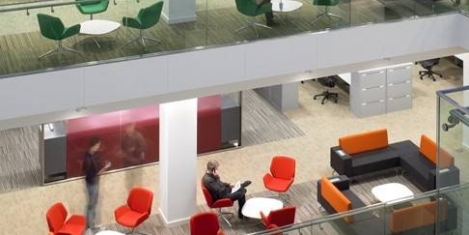




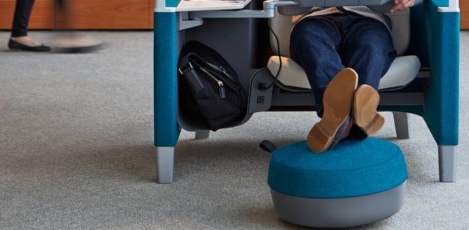



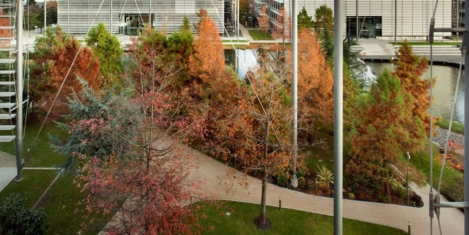
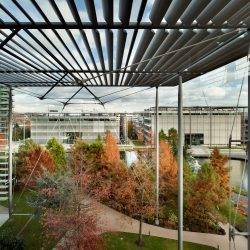



















June 14, 2017
Workplace wellbeing is now embedded in the very bricks and mortar of the building 0
by Sion Davies • Comment, Wellbeing, Workplace design
(more…)